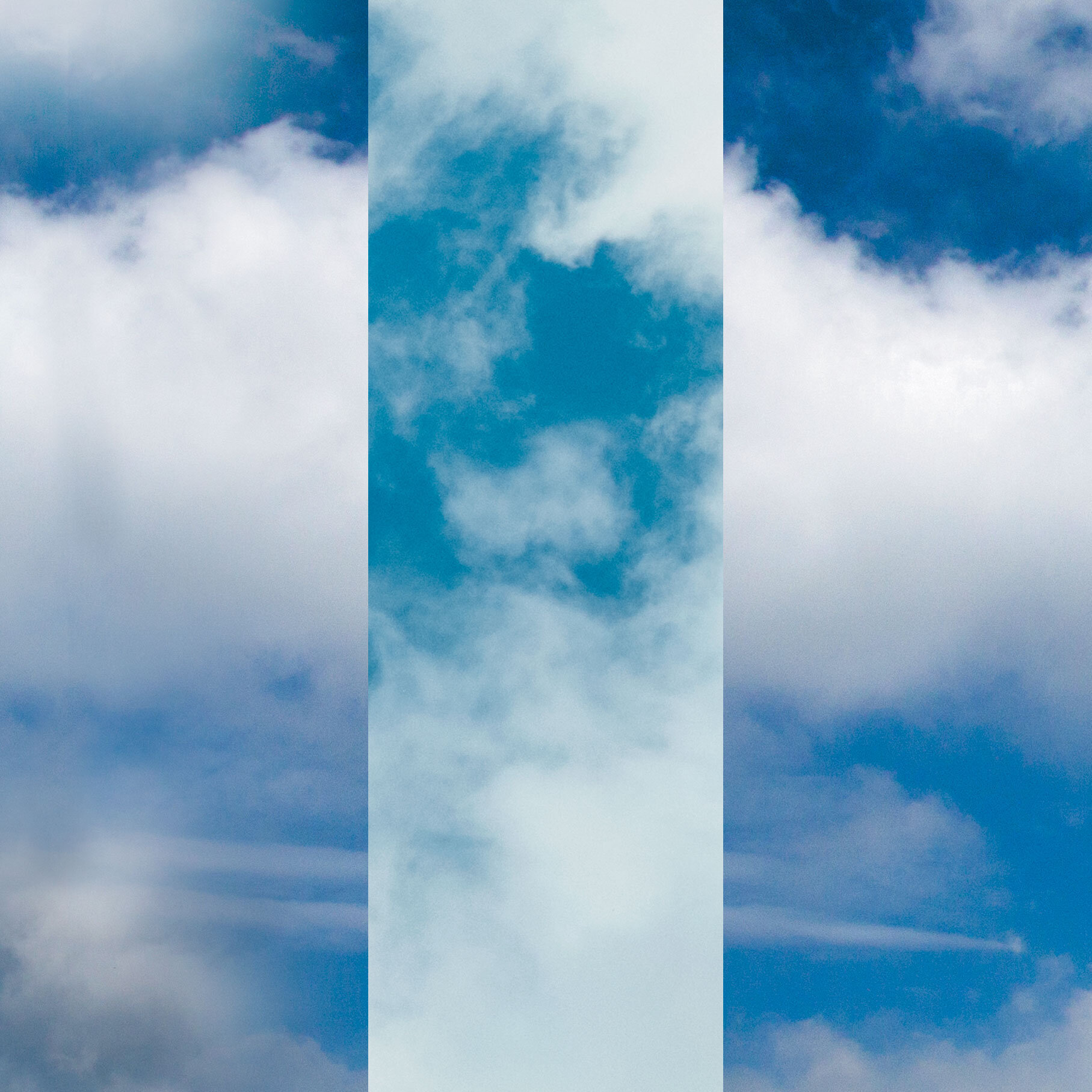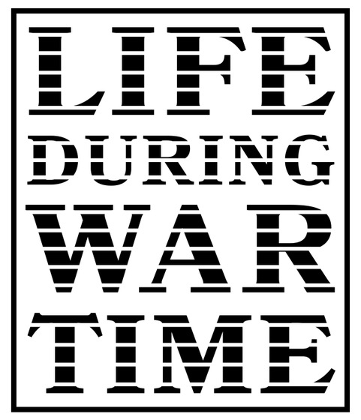
Marcos Agudelo
“The cyanometer was an artifact employed by the German explorer and scientist Alexander von Humboldt during his Latin American expeditions of the 18th century. An instrument invented by the Swiss physicist Horace-Bénédict de Saussure, it was used to measure the blue or cyan color of the sky. The instrument consists simply of a disc painted with gradations of cyan, from brightest to darkest. I imagine Humboldt in some remote place in Latin America extending his hand towards the sky with the cyanometer to check its color and writing it down. A man measures the blue tones of the sky across a continent. Today, that image suggests more poetry than science. Humboldt’s use of the cyanometer alludes to the close relationship between art and science across the ages, but also to how tenuous the line is that separates both disciplines. It also invites us to reflect on how science can be imagined or derived from art, with the work of Leonardo da Vinci being the supreme example.
“The cyanometer and the ideas that gave birth to this instrument are resignified during this terrible time of pandemic, discrimination, and state violence. In the age of COVID-19, confinement is an option mainly for people who can cope with its economic consequences. In countries like Nicaragua, this is practically impossible for most people, as economic precariousness forces hundreds of thousands to work daily to achieve the most basic sustenance. However, it should be acknowledged that social exclusion is also a sneaky and ancient form of confinement in that it traps societies into patterns of division and exception. Neoliberalism is one such system of social confinement and segregation. ‘Confinement’ and ‘social distancing’ of an economic nature are as old as recorded history. The thinnest of walls isolates the rich global North from the poor South. Those walls reconfigure economic systems, geographies, cities, neighborhoods, and even define the legal or illegal status of its citizens, confining them within what are—beneath Humboldt’s blue sky as mapped by the cyanometer—borders that could simply not be more arbitrary.”
— Marcos Agudelo
“In Nicaragua we have recently witnessed, with not a little skepticism, sadness, and disbelief, two events we believed banished to the annals of the unreal: the first is our memory of the brutal dictatorship of Anastasio Somoza (1937-1979); the second is a dystopian future which we previously knew only from science fiction, from fatalistic chronicles of a viral future that would, according to such yarns, bring about the end of capitalism, civilization, and the planet itself. But the future and past have arrived… and today they are a real threat.
“In 2018, Nicaragua witnessed the unmasking and establishment of a real-life dictatorship, something people of my generation (I was born in 1978) only knew from memory. The events of April 2018 stripped away all traces of democracy in my country: the massacre of civilians, the creation of repressive bodies from the state apparatus, the formation of murderous paramilitary groups allied to the regime. These were just some of the elements that forced us to recognize the regime of Daniel Ortega for what it is: a repressive autocracy.
“The year 2020 brought the pandemic home, just as it did to the rest of the world. Like millions around the globe, many of us have isolated, distanced socially, and worn masks, yet we have still experienced the death of acquaintances, friends, and family. In Nicaragua, isolation is unfortunately only available to a small minority with viable economic resources. Despite knowing that this meant exposure for most of Nicaragua’s population, the government initially denied the existence of the virus, failed to promote basic hygene measures, encouraged and organized mass gatherings, and also hid the real numbers of COVID-19 infections and deaths from its citizens. In so doing, the Ortega dictatorship denied not just reason but death itself.
“In the midst of this disastrous panorama nationally and internationally, fascism shows its most sinister face. We all know where the ideology of those who feel superior because of their race, class, or culture leads. Humanity fails to learn the lessons of the past; worse still, it forgets them. I believe that the pandemic has brought out the best and the worst in all of us, both as individuals and as a species. We cannot, for instance, deny the solidarity and love seen in hospitals around the world. In precarious countries like mine, these same front line workers are badly paid, have few resources, are are not given the recognition they deserve.
“The Cyanometer (2017) is an artwork that has been recontextualized for this scenario of fragmented hope; in its own turn, it currently unifies various perspectives around the current emergency that is our undeniable reality.”
— Marcos Agudelo
About Marcos Agudelo
(Nicaragua, 1978)
Marcos Agudelo is an artist and architect who addresses some of the most pressing issues of our time, including systemic violence, censorship, historical memory, and the fundamental importance of free expression. His diverse practice is anchored in experiences of contemporary popular culture and avant-garde languages. Agudelo’s recent body of work incorporates prosaic elements like stones, candles, concrete blocks, and drawings into powerful installations and memorials for those murdered and lost in the Central American nation of Nicaragua. Agudelo was awarded the first prize at the VI Central American Biennial of Contemporary Art. His work has been exhibited in, among other venues, the 2013 Venice Biennial, the 2012 Havana Biennial, NYU’s 80 WSE Gallery (NYC), The Museo del Barrio (NYC), and the Jumex Museum (Mexico City). Agudelo directs a residency program for international artists in the Solentiname archipelago of the Great Lake of Nicaragua.
Artist Instagram: @agudelo_marcos

